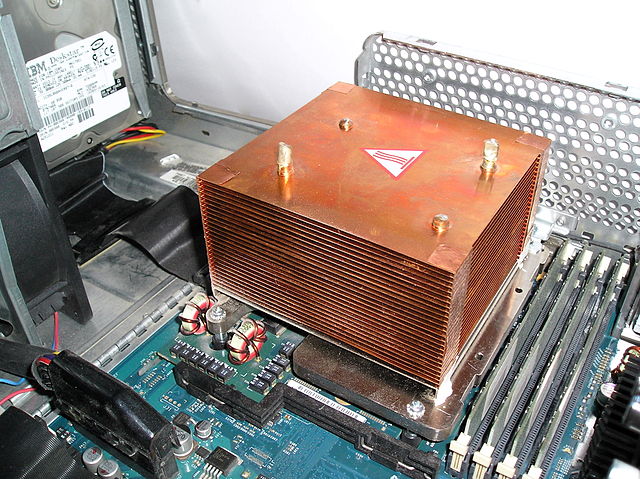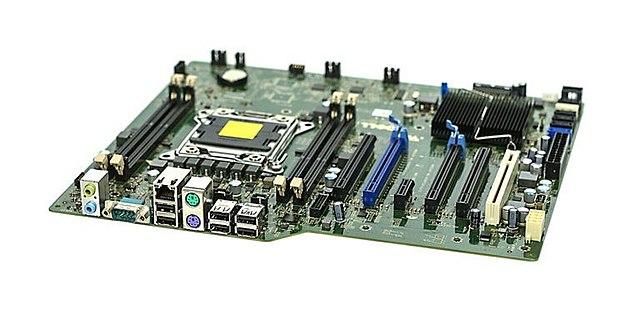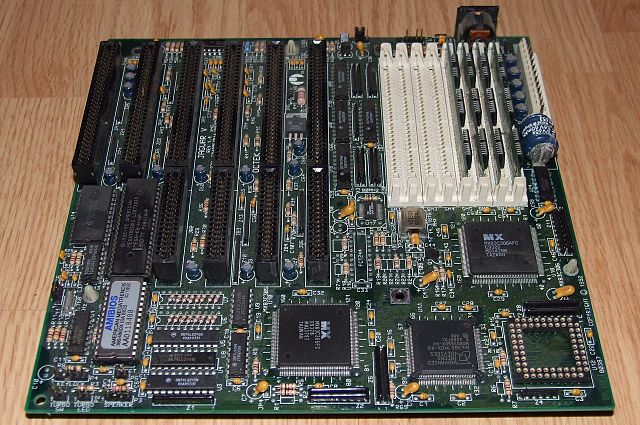In computing, overclocking is the practice of increasing the clock rate of a computer to exceed that certified by the manufacturer. Commonly, operating voltage is also increased to maintain a component's operational stability at accelerated speeds. Semiconductor devices operated at higher frequencies and voltages increase power consumption and heat. An overclocked device may be unreliable or fail completely if the additional heat load is not removed or power delivery components cannot meet increased power demands. Many device warranties state that overclocking or over-specification voids any warranty, but some manufacturers allow overclocking as long as it is done (relatively) safely.

Overclocking BIOS setup on an ABIT NF7-S motherboard with an AMD Athlon XP processor. Front side bus (FSB) frequency (external clock) has been increased from 133 MHz to 148 MHz, and the CPU clock multiplier factor has been changed from 13.5 to 16.5. This corresponds to an overclocking of the FSB by 11.3% and of the CPU by 36%.
High quality heat sinks are often made of copper.
Interior of a water-cooled computer, showing CPU water block, tubing, and pump
Liquid nitrogen may be used for cooling an overclocked system, when an extreme measure of cooling is needed.
A motherboard is the main printed circuit board (PCB) in general-purpose computers and other expandable systems. It holds and allows communication between many of the crucial electronic components of a system, such as the central processing unit (CPU) and memory, and provides connectors for other peripherals. Unlike a backplane, a motherboard usually contains significant sub-systems, such as the central processor, the chipset's input/output and memory controllers, interface connectors, and other components integrated for general use.
Dell Precision T3600 System Motherboard, used in professional CAD Workstations. Manufactured in 2012
Motherboard for a personal desktop computer; showing the typical components and interfaces which are found on a motherboard. This model follows the Baby AT (form factor), used in many desktop PCs.
Mainboard of a NeXTcube computer (1990) with microprocessor Motorola 68040 operated at 25 MHz and a digital signal processor Motorola 56001 at 25 MHz, which was directly accessible via a connector on the back of the casing
The Octek Jaguar V motherboard from 1993. This board has few onboard peripherals, as evidenced by the 6 slots provided for ISA cards and the lack of other built-in external interface connectors. Note the large AT keyboard connector at the back right is its only peripheral interface.








